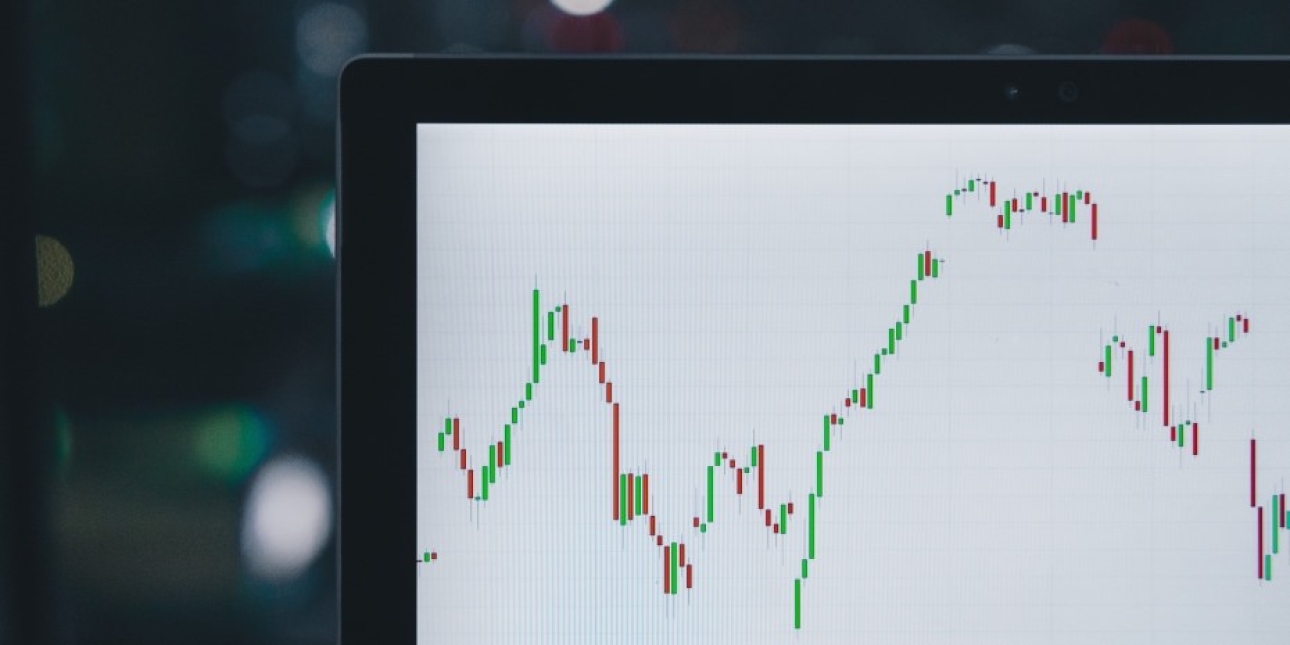PUBLIC RELATIONS
Sunday 7th April 2019
Huawei, Boeing and McKinsey – When Internal Cultures Cause Reputational Crises
I’ve watched over the past couple of weeks as the crisis around the Boeing 737 MAX has grown. Before that, it was Huawei and the suspicion in many Western capitals that the Chinese telecommunications firm was in a position to either spy on or act in favor of the Chinese government through sharing data collected through its network equipment. Before that, there was the McKinsey sagas in South Africa and Saudi Arabia respectively.
As a communications professional, it’s been fascinating (and painful) to watch events unfold. But one thought is stuck in my mind – is there a common thread to all of these events? And is that common thread an internal culture which is neither diverse or inclusive enough to understand and tackle issues before they become crises?
Let’s take Huawei, whose story has been covered in depth by a number of exceptional writers and features (check out Arun Sudhaman’s 4,000 word piece on the Holmes Report website). Huawei is a typical Chinese-headquartered multinational, with senior management being predominantly Chinese nationals. This has proved problematic for Huawei’s understanding of markets such as the US.
“There was always a fundamental lack of trust in non-Chinese. You offer guidance, and are regularly second-guessed,” Huawei’s former US public and government relations department, William Plummer, told the Financial Times. Plummer published a book last September in which he explained how senior local staff in foreign markets were regularly excluded from key decisions whilst Chinese executives second-guessed senior management in local markets out of fear of the company’s founder, throwing into turmoil into the company’s handling of PR and lobbying outside of China.
While McKinsey’s management is more diverse in nature, it could be argued that a an over-aggressive culture and a lack of local understanding resulted in the consultancy giant making one of its biggest ever mistakes. To quote from the New York Times:
"McKinsey admits errors in judgment while denying any illegality. Two senior partners, the firm says, bear most of the blame for what went wrong. But an investigation by The New York Times, including interviews with 16 current and former partners, found that the roots of the problem go deeper — to a changing corporate culture that opened the way for an aggressive push into more government consulting, as well as new methods of compensation. While the changes helped McKinsey nearly double in size over the last decade, they introduced more reputational risk.
"The firm also missed warning signs about the possible involvement of the Guptas, and only belatedly realized the insufficiency of its risk management for state-owned companies. Supervisors who might have vetoed or modified the contract were not South African and lacked the local knowledge to sense trouble ahead. And having poorly vetted its subcontractor, McKinsey was less than forthcoming when asked to explain its role in the emerging scandal."
McKinsey’s former managing partner told the New York Times that the firm had a “bit of a tin ear” when it came to the initial response. David Lewis, executive director of Corruption Watch, a South African advocacy group, told the NYT that: “For the scale of the fee, they were prepared to throw caution to the wind, and maybe because they thought they couldn’t be touched.” For me, there’s the feeling that the internal culture led McKinsey to make the wrong decision and down a path that would become the biggest crisis in the firm’s history.
Finally, there’s Boeing. The airline manufacturer is struggling with a crisis that has grounded worldwide its latest jet, the 737 MAX, after two crashes which share a number of similarities. The first crash happened in Indonesia last October, with the loss of 189 passengers. Following the second crash, this time in Ethiopia in March, Boeing was asked why more wasn’t done to fix the faults found to be responsible for the first crash?
In crisis communications, the most important action is post-crisis, and communicators are told to work with the organization to ensure that lessons are learned, solutions are found, and trust is re-built. This didn’t happen with Boeing – the software fix for the plane’s flight system has yet to be completed, and relatives of those who died in the first accident have questioned Boeing’s response.
Vini Wulandari, sister of one of the ill-fated Lion Air flight’s co-pilots, said that the Ethiopian crash confirmed the suspicions that she and many of the victims’ relatives had about the MAX 8 being a 'defective product'.
“The [Ethiopian] crash shows that 737 MAX 8 is a manufacturing fail from the beginning,” Wulandari told the South China Morning Post. “When I first heard about [the Ethiopian crash] I was sad because I am familiar with the sadness that the victims’ families must feel and I was also sad because the 737 MAX 8 should have been grounded after the Lion Air crash. Maybe because it was only one accident, so a lot of people thought there was no need for immediate [action].”
Was Boeing’s internal culture to blame, in particular Boeing’s urgent desire to come up with a new airplane that would compete head on with rival Airbus’ new models? It’s hard not to be convinced that Boeing rushed the 737 MAX’s design after reading a bombshell report in the New York Times.
It’s hard not to be swayed by the argument that uncompromising internal cultures are to blame for poor decision-making; too many similar voices, too few diverse views and an inability to listen have been a cause in each of these crises. That’s why proper inclusion matters, at all levels, as well as an ability to seek out differing viewpoints, especially from outside the organization. As communicators, we have to play a role in promoting both in our workplaces.
I’d love to hear your views on these crises. What’s your view? Message me, or leave a comment.
Photo by M. B. M. on Unsplash

